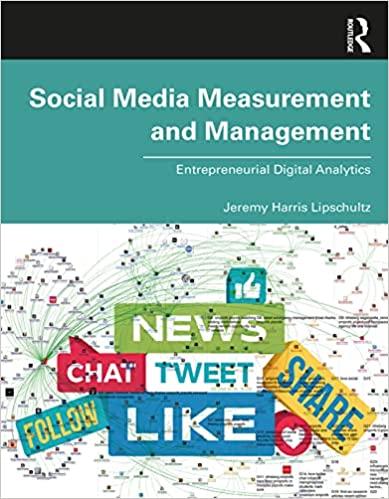For problem 5.3, you do not have to use the ROI table if there are no depreciation/Tax benefits. The ROI for all parts of the problem 5.3 will fall between 6 8 %. Please pro-rate the ROI values.

5.3. A company decided to develop low-cost photo-voltaic solar-energy cells. It decided on two development choices: a fully automatic line for $300,000 capable of producing 200,000 cells/year for a profit of $1/ cell, or a semi-automatic line for $500,000 capable of producing 120,000 cells / year for a profit \$1/cell. It is estimated that both lines will last for five years and will have a book value at the end of the five years of 10 percent. Assume both lines will be working to 100 percent capacity. You are the PM for development. Please make all calculations with or without taxes. Show the ROI calculations for both machines, based on five-year life, 10 percent book value, and 33 percent taxes when applicable. a. Fully automatic machine = assume 33% taxes, salvage value 10%, and five-year life b. Fully automatic machine = assume no taxes, no salvage value, and five-year life c. Semi-automatic machine = assume 33 percent taxes, salvage value 10%, and five-year life d. Semi-automatic machine = assume no taxes, no salvage value, and five-year life e. Conclusion: show which plan is better With taxes and remaining book value: fully or semi-automatic? Without taxes and remaining book value: fully or semi-automatic? f. Show fixed and variable profit (including operating costs) breakeven point based on yearly volume for the first five years for both machines. Assuming i=5%,10 cents/cell cost to operate the automatic and 40 cents/cell to operate the semi-automatic machine. Selling price for both is $1/ unit. Please make a plot of the breakeven sales point. g. Assuming an interest rate of 5% and life of n=5 years with no tax consequences or book value remaining, show probability analysis for PV for $500,000 semi-automatic (1) 120,000 cells/year machine assuming two probabilities of profit per cell and useful number of years (n) for the machine. P (profit =$0.80 ) is 0.8 and P( profit =$1 ) is .20 ; and P(n=5) is 0.4 and P(n=4) is 0.6 h. Assuming an interest rate of 5% and life of n=5 years with no tax consequences or book value remaining, show sensitivity analysis for PV for semi-automatic machine (19) 120,000 cells sold/year @ \$1 profit per cell machine, assuming 20% variations in the profit per cell and useful life. Plot the PV results versus the profit and useful life 20% variations








